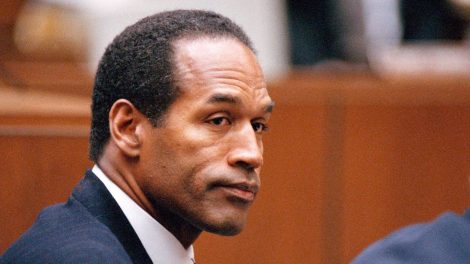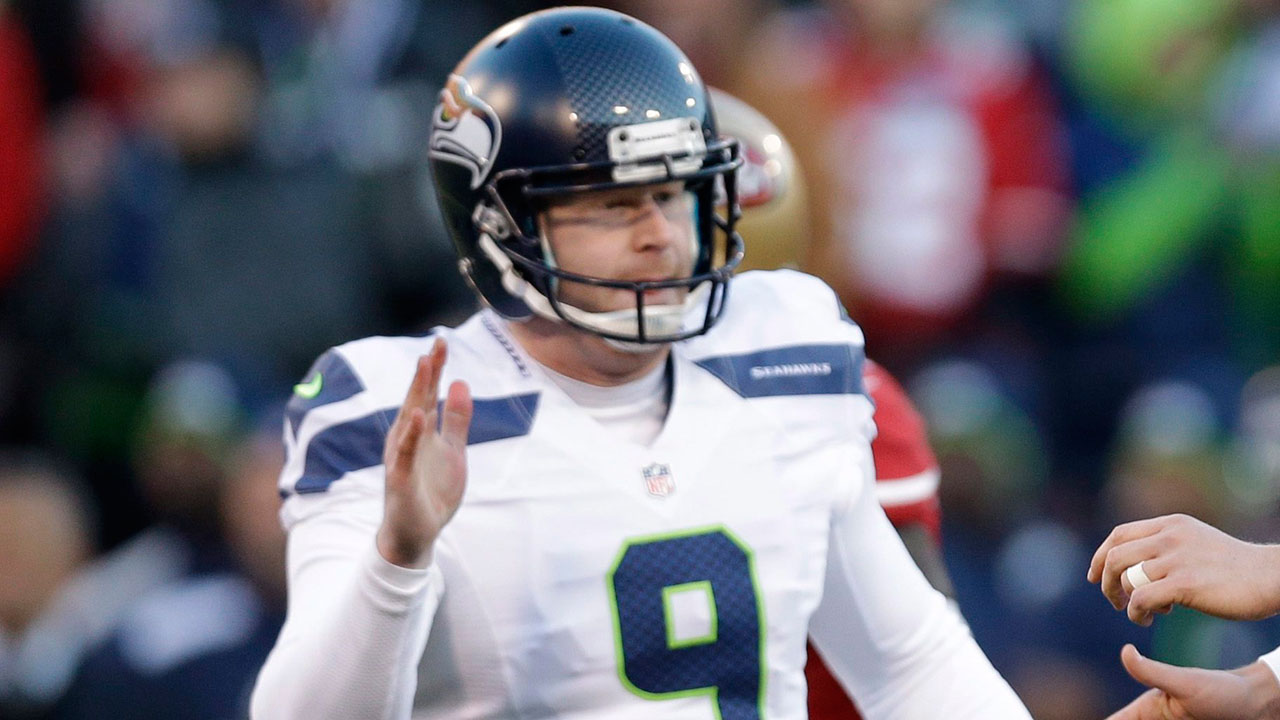Sometimes rules are more like guidelines – best practices put in place in order to provide a framework to work from. Others are laws that demand strict adherence in order to curb problematic behaviour.
Though the NFL would love nothing more than to have us all believe that their concussion protocol is the latter, at this point it’s the former. It’s pro football’s version of jaywalking. The current rule needs some new, real teeth or it should be scrapped altogether.
The latest example is the response to Cam Newton’s apparent injury in crunch time during last weekend’s NFC wild card game between the Carolina Panthers and New Orleans Saints.
With 9:12 left in the fourth quarter, Newton took a massive hit from defensive tackle David Onyemata. His head was down at the moment of impact and the hit jarred both his head and neck, causing him to tumble to the ground, dazed. Carolina was down by five points at the time.
Newton was replaced by backup Derek Anderson, but re-entered the game after having missed just one offensive play. Newton went on to have a career day, completing 24-40 for 349 yards and two TDs. The cold, hard truth is that an injured Cam Newton gave the Panthers a better chance of winning than a healthy Derek Anderson.
The company line after the game was that Newton hurt his eye, not his head. “No, he actually got poked in the eye,” head coach Ron Rivera said.
When asked whether Newton went through the protocol, Rivera said, “They took him in (the tent) just to make sure as a precautionary (measure), but when he was sitting on the ground, they were trying to wipe whatever when he got poked. So that’s what that was.”
Newton stuck to the same script, saying, “I know it was a precautionary concussion protocol thing that happened.” He added, “But it wasn’t my head, it was my eye. My helmet had came down low enough over my eyelid and it got pressed into the player’s stomach, I believe. I thought maybe somebody stuck his finger in my eye.”
Panthers’ Newton latest example of failed concussion protocol
As for why Newton stumbled to the ground when trying to walk off the field on his own, there was an explanation for that, too.
“Well, we wanted him to sit down to give D.A. (Derek Anderson) a chance to warm up, because (Newton) was injured,” Rivera said. “Instead of trying to bravely walk off, we wanted him to take a knee and give our guy a couple of throws.”
It doesn’t seem like a realistic response – but if it’s true, show your work. In big games both the coach and QB are mic’d up. Release the NFL Films footage of Newton complaining about something being in his eye and Rivera instructing the QB to take a knee before Newton collapsed. The teams and league no longer have credibility in regards to these issues so they can’t be trusted on their word alone.
The problem is the “precautionary concussion protocol thing” that Newton refers to and Rivera describes was not actually the protocol as detailed by the league itself. Changes applied to the concussion protocol less than a month ago on Dec. 11 by the NFL’s head, neck, and spine committee were instituted precisely for this type of situation. The changes to the rule “require a locker room concussion evaluation for all players demonstrating gross or sustained vertical instability (e.g., stumbling or falling to the ground when trying to stand).”
The changes came in direct response to Houston Texans quarterback Tom Savage returning to a game on Dec. 10 after convulsing on the ground after taking a hit. The league was already under scrutiny after Seattle Seahawks quarterback Russell Wilson returned to action on Nov. 9 despite not undergoing a required concussion evaluation. Wilson ducked his head underneath the sideline tent and then popped right back out of it and re-entered the game. The Seahawks were fined $100,000 for the infraction. Houston, on the other hand, was not punished after a joint investigation by the league and NFL Players Association.
The strength of the penalties is as much an issue as the protocol itself.
What price do you think the Panthers would be willing to pay to have the former MVP in the game when it mattered most? If Ron Rivera had a blank cheque in his pocket, would he balk at writing a cheque for $100,000 on the spot if it meant Cam could play even one more snap? Would Panthers owner “Mister” Jerry Richardson willingly lose millions and maybe even draft picks to have Newton back on the field? A Super Bowl victory would do wonders for the valuation of his franchise, already worth over a billion dollars as he looks to sell it in response to the sexual harassment allegations against him.
The New Orleans Saints and Sean Payton were disciplined heavily for having a bounty system that put other players’ health in jeopardy. Payton was barred from coaching his team for the entire 2012 season, GM Mickey Loomis was suspended eight games while defensive coordinator Gregg Williams was suspended indefinitely. The Saints organization was fined $500,000, and forced to forfeit their second-round draft selections in 2012 and 2013. The players viewed as ringleaders were suspended.
It amounted to the harshest penalty in the history of the league and the harshest penalty for in-game transgressions in North American sports. Imagine if Roger Goodell sent that message not only to teams who failed to comply with the concussion protocol but to the rest of the league? He’d then be able to testify in front of congress the next time NFL safety is debated and honestly say he’s using the power of the office of the commissioner to enact change around player safety.
Would a doctor clear a player if it meant his medical license was on the line? Would a coach risk a player’s health when it’s third and long if the possible suspension was lengthy? Would coaches brazenly claim that a concussion was ruled out and a player wasn’t pressured to return if they knew those NFL tapes would be released for the world to examine? Would it be worth it to risk a player’s health if you were going to lose players in the draft?
Are player bounties and circumventing the salary cap worse offences than not thoroughly investigating potential head trauma? The answer is no and Roger Goodell should rule accordingly.
Teams may fight back. The Patriots were disciplined so heavily for over-inflating footballs it led to a yearlong court battle. Is a scheme to increase the PSI in a ball worth more punishment than failing to protect a player’s health?
It’s time for the punishment for skirting the concussion protocol to fit the crime. The current penalties aren’t adequate deterrents to keep a potentially injured star player out of a game – which is why it keeps happening. We had this very same discussion last year in the playoffs when an impaired Julian Edelman stayed in the Super Bowl after taking a hit to the head. Edelman went on to be the Patriots best player in the game not named Tom Brady.
Or, on the contrary, let’s remove the protocol altogether if it’s a standard that cannot possibly be maintained. Handle the potential liability nightmare by allowing players with their full faculties to waive their rights to further treatment in the event they are concussed. At least that way everyone would be forthright about their level of culpability.
The protocol is in place to keep the decision neutral, fair and balanced. But if it isn’t followed and if the punishments don’t have teeth, why have a protocol at all?
At this rate, the NFL’s concussion protocol is nothing more than words on paper. The only thing they appear to value less are the players on the field.










